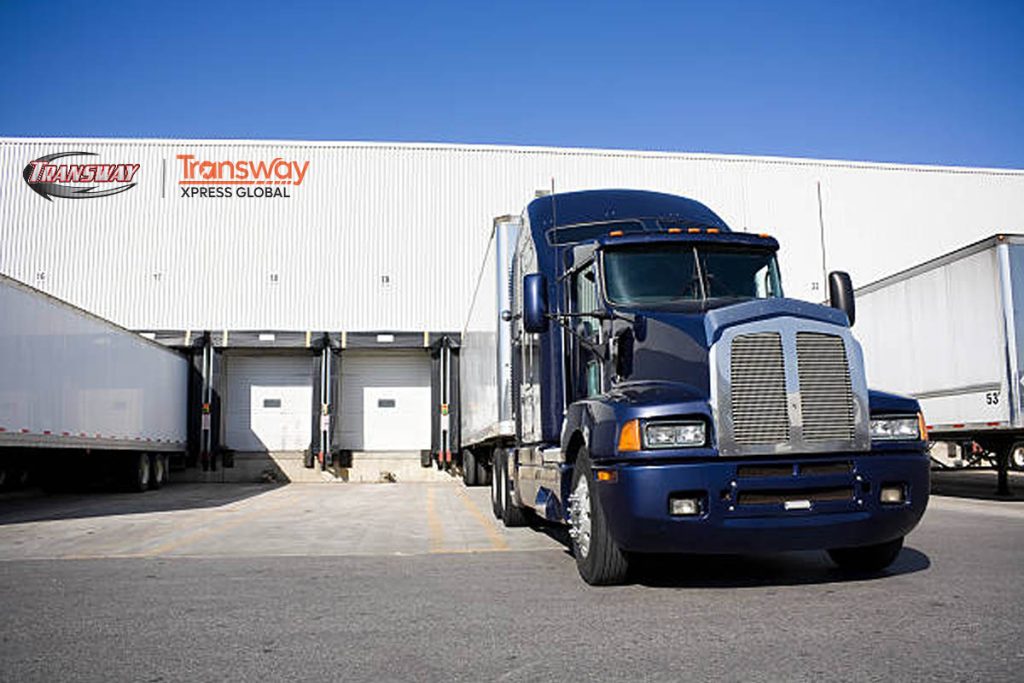The Amazon Effect: Meeting Modern Delivery Expectations in Your Business
In the age of Amazon Prime, customer expectations around delivery have been completely transformed. What was once considered exceptional service – receiving packages within two days – is now the baseline standard that businesses of all sizes are expected to meet. This shift has created both challenges and opportunities for companies striving to remain competitive in the e-commerce landscape.
Every day a customer waits for their order is a risk. They might change their mind, find another option, or decide to spend their money elsewhere. The longer the wait, the more likely you’ll lose the sale.
The Three Major Bottlenecks in Fulfillment
Many businesses struggle with fulfillment inefficiencies that significantly impact delivery times. Three critical issues stand out:
1. Manual Order Processing
Relying on manual systems for order handling introduces delays at every step of the fulfillment process. Human error rates increase during busy periods, further slowing down operations when efficiency is most needed. Each manual touchpoint represents a potential delay or mistake that ripples through the entire fulfillment chain.
2. Inadequate Inventory Management
Poor visibility into inventory creates cascading problems. Overselling leads to backorders and disappointed customers. Stockouts result in missed sales opportunities. Without real-time tracking, businesses make decisions based on outdated information, creating inefficiencies throughout the supply chain.
3. Suboptimal Carrier Selection
Selecting shipping partners without proper analysis leads to higher costs and longer delivery times. Many businesses default to a single carrier rather than strategically selecting the optimal option for each shipment based on destination, package specifications, and delivery timeframe.
The Micro-Fulfillment Solution
Micro-fulfillment strategies offer practical solutions to these common bottlenecks:
✅ Automated Workflows
By implementing automation in the order processing system, businesses can eliminate manual bottlenecks. Orders flow directly from your sales platform to your fulfillment system, triggering immediate picking, packing, and shipping processes. This removes delays and reduces error rates considerably.
✅ Real-Time Inventory Visibility
Modern inventory management systems provide instant visibility across all storage locations. This prevents overselling, enables strategic restocking, and allows for accurate promises to customers about product availability and delivery timelines.
✅ Intelligent Carrier Selection
AI-powered logistics tools can analyze countless variables in real-time to select the optimal shipping carrier for each order. These systems consider package dimensions, weight, destination, delivery speed requirements, and cost to make the most efficient choice automatically.
Small Changes, Big Results. The cumulative effect of addressing these three areas can be remarkable – potentially reducing shipping times by 40% or more. What’s particularly powerful about these improvements is that they don’t necessarily require complete system overhauls. Strategic refinements to existing processes can yield significant efficiency gains.
While most businesses can’t match Amazon’s vast logistics network, they can adopt many of the same principles at an appropriate scale. The goal isn’t to beat Amazon at their own game but to meet the expectations they’ve established while providing additional value through personalization, expertise, and specialized service.
Moving Forward
Take a look at your fulfillment process—what’s slowing you down the most? Fixing the biggest issue first can lead to the biggest improvements.
Are you struggling with slow processing, inventory problems, or shipping delays? Identifying your biggest challenge is the first step to building a smooth delivery experience that keeps customers coming back.



